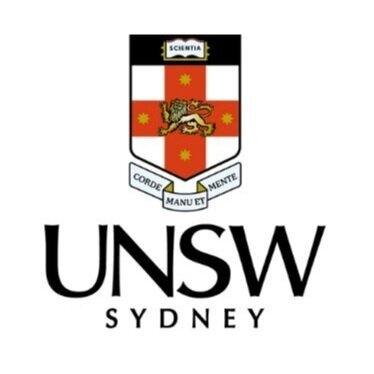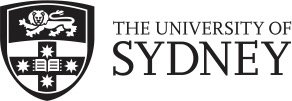
Increased Recycling of Plastics by Sensing and Treating Label Contamination
NSSN researchers are working with PEGRAS Asia Pacific and major Australian businesses, including the Labelmakers Group, to boost Australia’s recycling capability. The $1.5 million Increased Recycling of Plastics by Sensing and Treating Label Contamination program delivers world-first solutions to a global problem that significantly limits our capacity in recycling plastics. The project has received funding through the federal government’s CRC-P Grants program.
The Challenge
High-density polyethylene (HDPE) is a high-quality plastic commonly used in packaging consumer goods. Currently, rigid HDPE has only 25% post-consumer recovery rate and contains about 1% recycled content. One significant barrier to recycling HDPE is removing the glue fixing the labels to the containers.
The project tackles the key challenge of removing the residual labels adhesives from HDPE milk bottles efficiently using state of the art sensing technologies. Solving this challenge is crucial to producing 100% recyclable HDPE milk bottles.
The Solution
Multidisciplinary research teams from across the NSSN are working with industry partners to develop novel ways to sense and treat residual contaminants on HDPE chips in the recycling wash process. The world-first technology will be designed for industrial use and tailored to be effective for a broad range of plastics.
Researchers from the University of Sydney are developing an innovative method for sensing residual glue levels on recycled milk bottles and a new wash chemistry for label delamination.
Researchers at UNSW Sydney are using a supercomputer to model and understand the forces governing the wash process. In addition, the group are developing an advanced laboratory test rig that will be fundamental to label innovations.
The University of Technology Sydney researchers are conducting a first-time study to view the material flow analysis of milk bottles in isolation. The study helps the researchers to map a milk bottle’s journey from the curbside pick-up to the post-recycling market.







